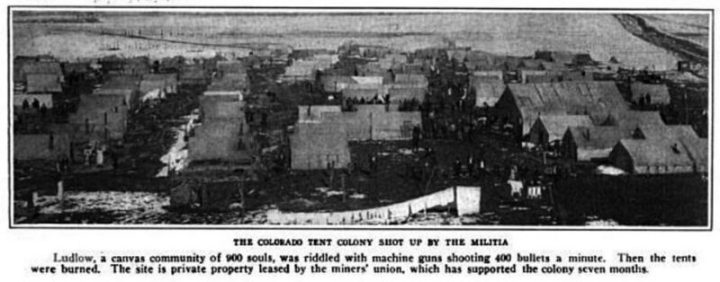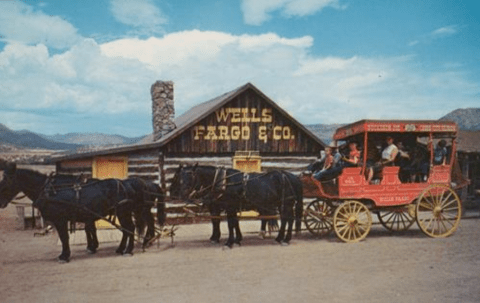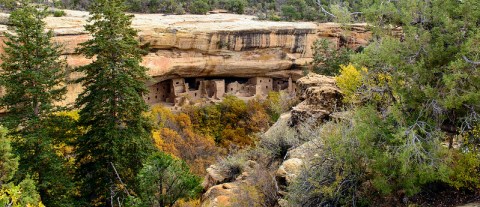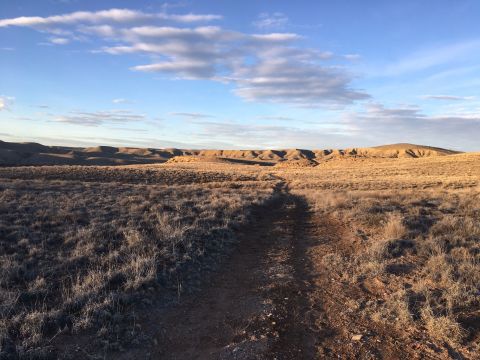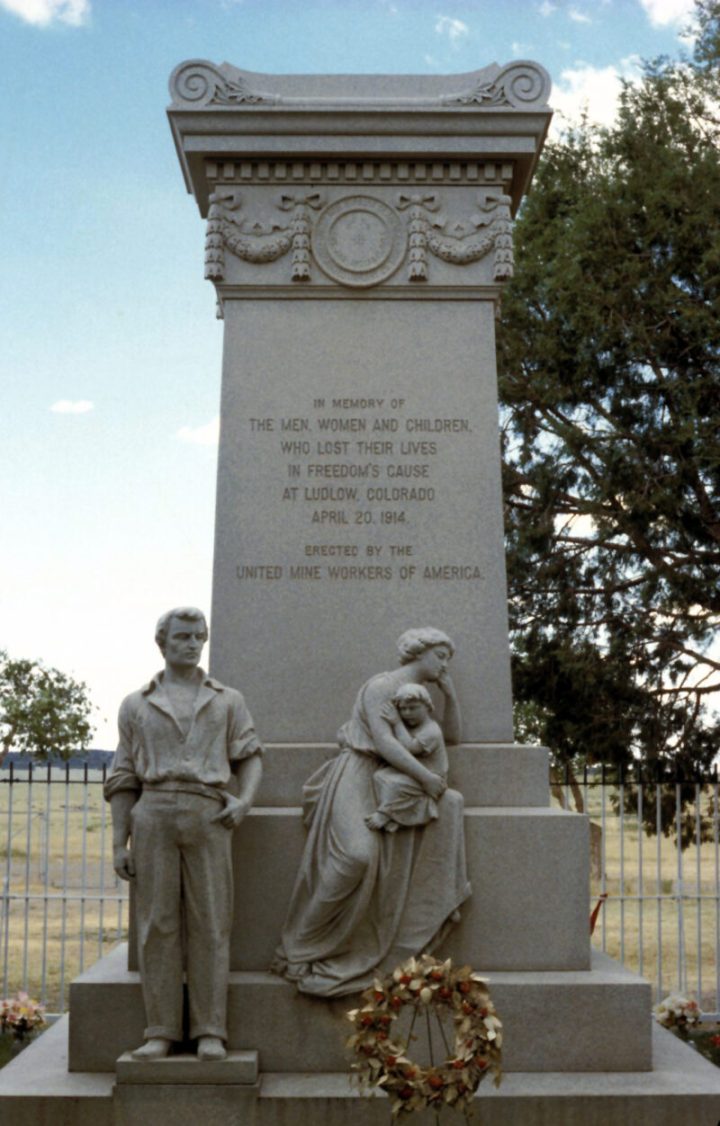On This Day In 1914, The Unthinkable Happened In Colorado
It was a quiet, so-far uneventful day on the morning of April 20, 1914. The families of striking coal miners were making do in their temporary homes, which were a village of tents that had been provided to the miners by the United Mine Workers of America for their strike. Suddenly, complete chaos and bloodshed ensued, and it would come to be known as the “Ludlow Massacre” in Colorado and around the nation. It would never (and should never) be forgotten.
Since 1910, the hardworking Colorado coal miners had been debating whether to go on strike or not. On the one hand, the pay was decent for the times; but on the other, conditions were far from ideal, with Colorado’s mines being considered some of the most dangerous in the country (with death rates well above the national average). In September 1913, fed up with the owner (John D. Rockefeller, Jr.) and the mining company’s unwillingness to meet their demands, the workers went on strike, resulting in what would become a dark time in the state of Colorado.
During the following months, the mining company called upon the notorious Baldwin-Felts Detective Agency, who were known for their less-than-traditional ways of breaking up strikes, such as shooting at random tents during the night and harassing families with their self-proclaimed “Death Special”: a steel-covered car with a machine gun mounted to the top. These acts, of course, only made the strikers more angry, causing them to violently retaliate. Things went from bad to worse, however, when then-Colorado governor Elias M. Ammons called in the Colorado National Guard, who sided with company management instead of remaining neutral.
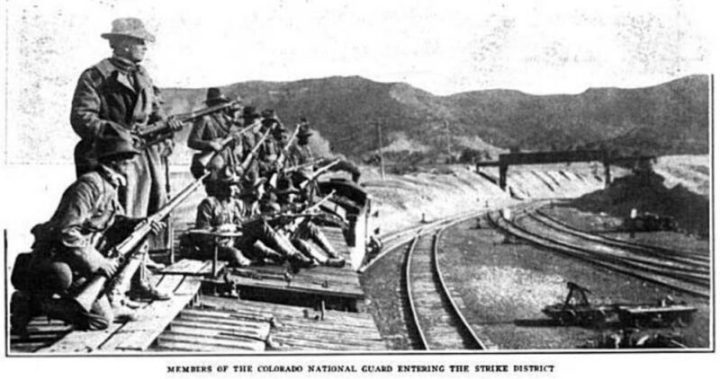
Finally, on the morning of April 20, 1914, during negotiations between the camp leader and three Colorado guardsman (who claimed they were “checking in” on a report of a man being held against his will), two militia companies set up machine guns near the edge of the camp, with the intention of ending the strike one way or another. Gunfire soon erupted, lasting the entire day. By that evening, more than 19 were killed, including four women and 11 children, all of whom were sheltering in their tents during the rampage. The camp had been utterly destroyed, burned to the ground, and looted by both company militias and non-union coal miners.
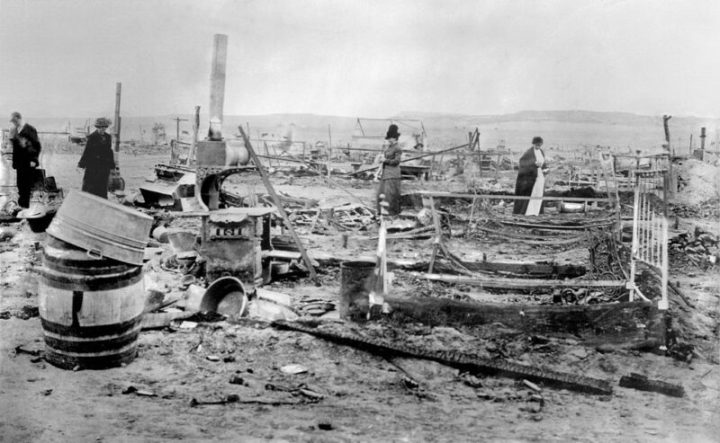
The coming days lead to what would be known as the “Colorado Coalfield War”, in which mining union members repeatedly attacked the guards at other Colorado camps and set fire to company buildings. After 10 days and a death toll of over 50, President Woodrow Wilson sent in Federal Troops, who were able to disarm both parties and arrest several militia members.
Today, should you visit the former Ludlow Tent Colony Site where the massacre took place, you will find a stunning stone monument, which was erected by the United Mine Workers of America in 1918 as a way to honor the victims of that horrible day.
Had you ever heard of this dark day in Colorado history?
OnlyInYourState may earn compensation through affiliate links in this article. As an Amazon Associate, we earn from qualifying purchases.
More to Explore
Ludlow Massacre in Colorado
What was the Colorado Coalfield War?
In a nutshell, the Colorado Coalfield War was an uprising of mineworkers from September 1913 to April 1914 that ended in what some have called "the Colorado civil war." The United Mine Workers of America began a strike after many years of poor work conditions. The strike was marred by targeted attacks from the inside out, and it only escalated from there. The final 10 days of April were marked by bloody fighting, but the unthinkable happened on April 20th, when the Colorado National Guard attacked the miners' encampment. From Trinidad to Louisville, fighting broke out, and up to 200 people were dead by the time it was over.
What are some interesting facts about Colorado history?
Colorado is an interesting place with a colorful history! For example, the cheeseburger was first "invented", so to speak, in Denver. We hosted the first-ever deer rodeo in Deer Trail back in 1869. Gonzo journalist and psychedelic connoisseur Hunter S. Thompson once ran for sheriff of Pitkin County (and almost won). Check this article out for more intriguing Colorado history and facts!
What is the history of coal mining in Colorado?
The earliest known mining in Colorado began in 1859, and it was a rather rocky (pun not intended) choice of career for many. It was dangerous and brutal work. For example, in 1917, 121 miners were killed in a massive cave explosion. In 1927 and 1928, the Columbine Mine Massacre stunned the state when up to 200 miners were killed by the Colorado National Guard following weeks of unrest. The miners were striking for better work conditions, among other things. Today, there are just 11 active coal mines in western Colorado. At its peak, Colorado was home to over 100.


